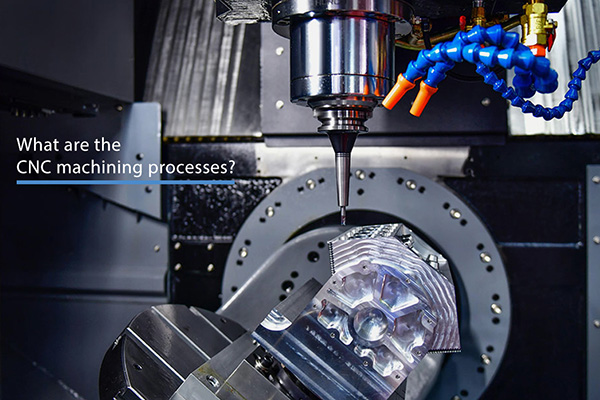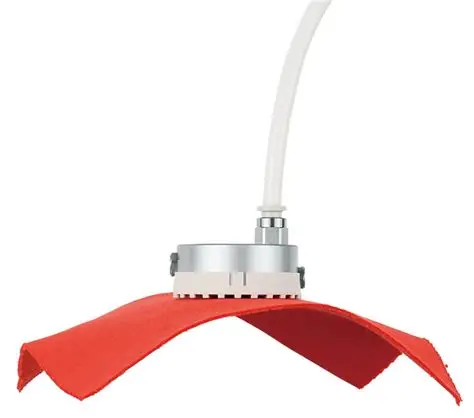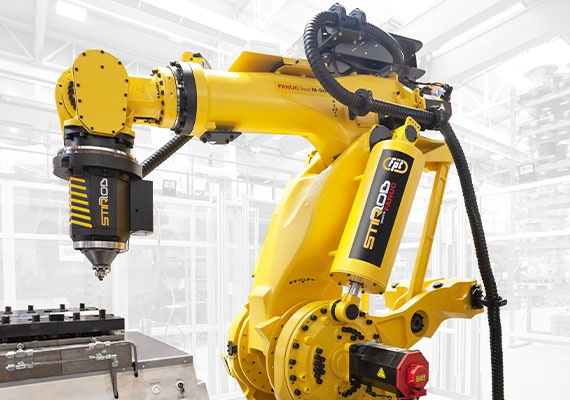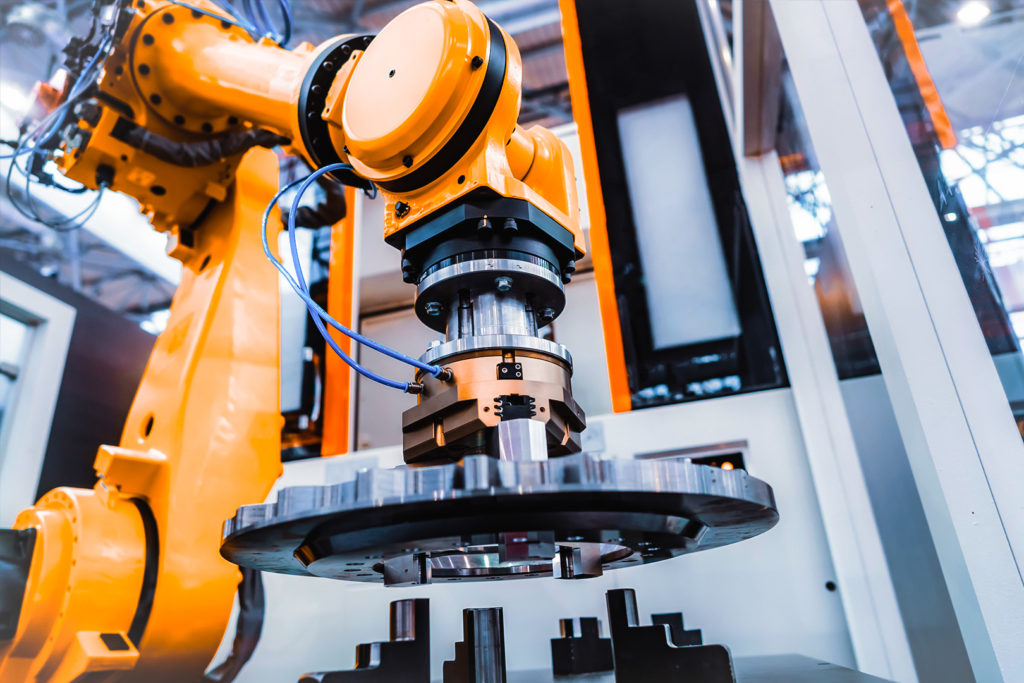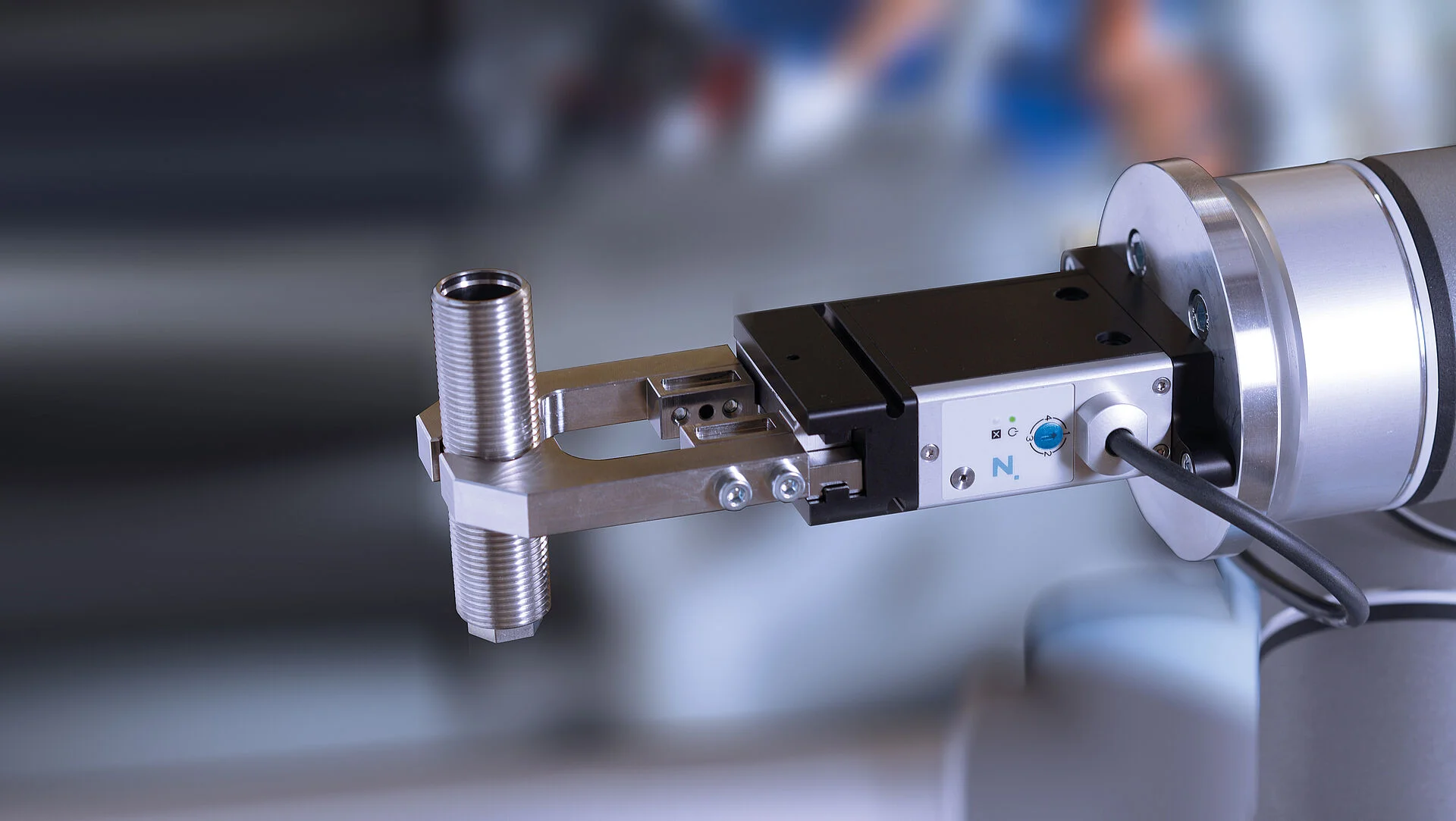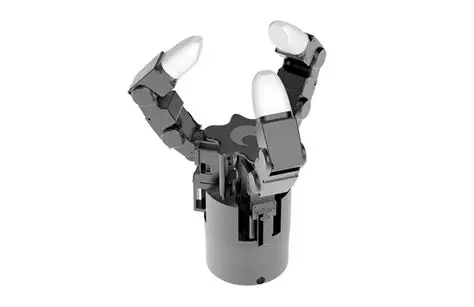Introduction to CNC Machining
Computer Numerical Control (CNC) machining has revolutionized manufacturing since its introduction in the 1940s. Unlike manual machining, CNC machining relies on pre-programmed software to control high-precision tools, enabling mass production of complex parts with tolerances as tight as ±0.001 mm. For industries demanding accuracy and repeatability—from aerospace components to medical implants—CNC is the gold standard.
Why This Matters for Manufacturers
Global CNC machining market projected to reach $138.9 billion by 2030 (Grand View Research, 2023).
78% of automotive manufacturers use CNC for prototyping and production (Statista, 2024).
How CNC Machining Works: Core Principles
1. Digital Design & CAD Modeling
Every CNC process begins with a 3D CAD model designed in software like AutoCAD or SolidWorks. This model defines the part’s geometry, dimensions, and material specifications.
Pro Tip:
“Always optimize CAD designs for manufacturability—avoid sharp internal corners to reduce tool wear.”
– James Carter, Lead Engineer at Boeing Aerostructures
2. CAM Programming
The CAD file is converted into G-code (machine-readable instructions) via CAM software. This code dictates toolpaths, spindle speeds (e.g., 10,000 RPM), and feed rates.
Critical Parameters:
Cutting Tools: Carbide end mills, drills, or lathes.
Coolant Systems: Essential for heat dissipation in titanium or Inconel machining.
3. Machine Setup & Calibration
Operators load raw materials (aluminum, steel, plastics) into the CNC machine, secure them with vises or fixtures, and calibrate tools using probe systems for zero-point accuracy.
Step-by-Step CNC Machining Process
Phase 1: Milling
3-Axis vs. 5-Axis: 5-axis CNC machines (e.g., DMG MORI) enable complex geometries by rotating the workpiece on multiple planes.
Applications: Aerospace turbine blades, automotive engine blocks.
Phase 2: Turning
Performed on CNC lathes to create cylindrical parts (e.g., shafts, valves).
Tolerance Achievable: Up to IT5 grade (ISO standard).
Phase 3: Post-Processing
Deburring: Remove sharp edges manually or via tumbling.
Surface Finishing: Anodizing (for aluminum), passivation (stainless steel).
Case Study:
*JLYPT recently delivered 5,000 titanium spinal implants for a European medical device company. Using 5-axis CNC machining, we achieved a surface roughness of Ra 0.4 μm, exceeding ISO 13485 standards.*
Key Applications of CNC Machining
- Industry Use Cases Material Examples
- Aerospace Turbine blades, landing gear Titanium (Ti-6Al-4V), Inconel
- Medical Orthopedic implants, surgical tools PEEK, Stainless Steel 316L
- Automotive Engine blocks, transmission housings Aluminum 6061, Cast Iron
- Electronics Heat sinks, connector housings Copper, ABS Plastic
Categories: “CNC machining process”, “5-axis CNC services”, “precision manufacturing”

